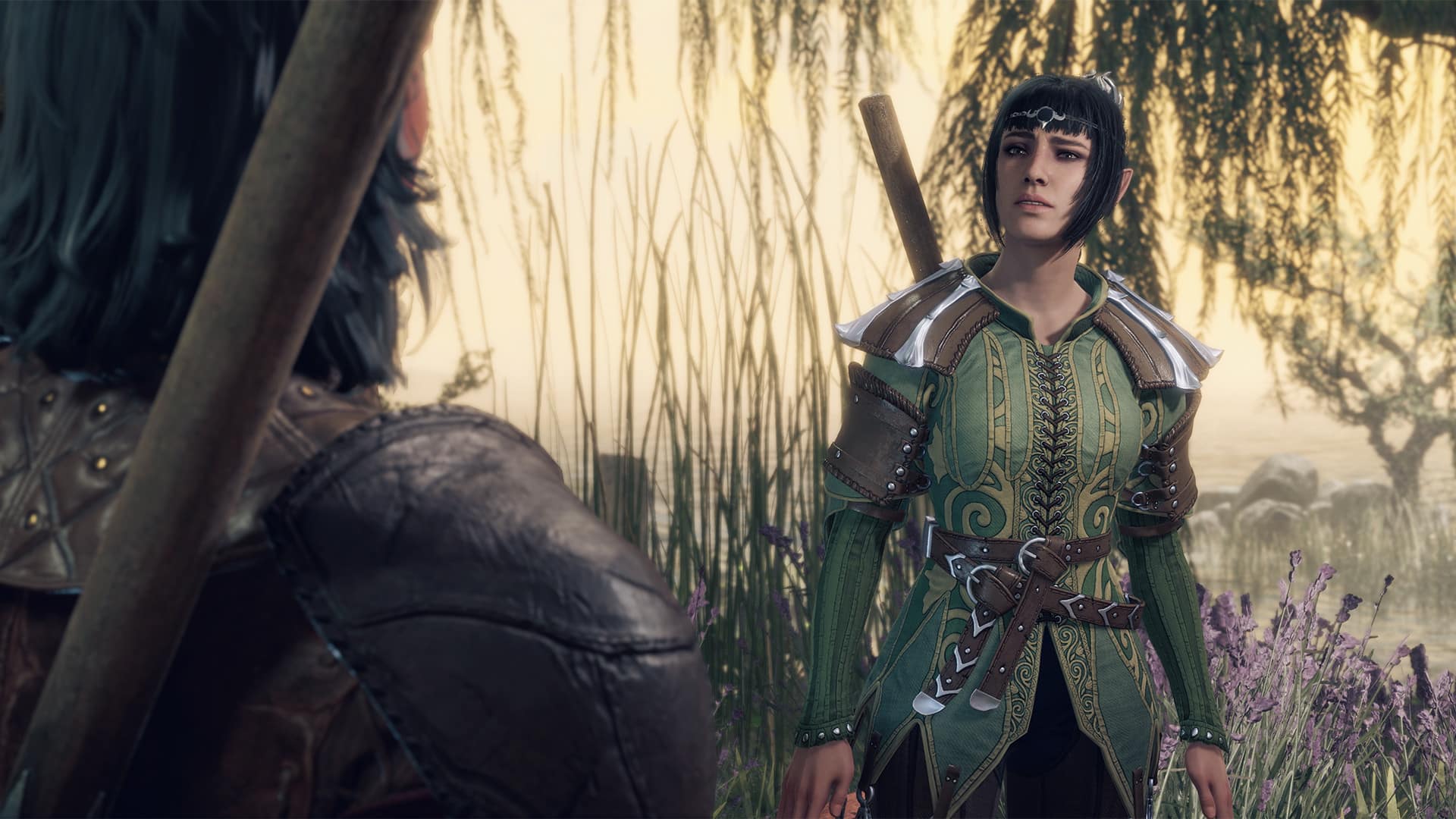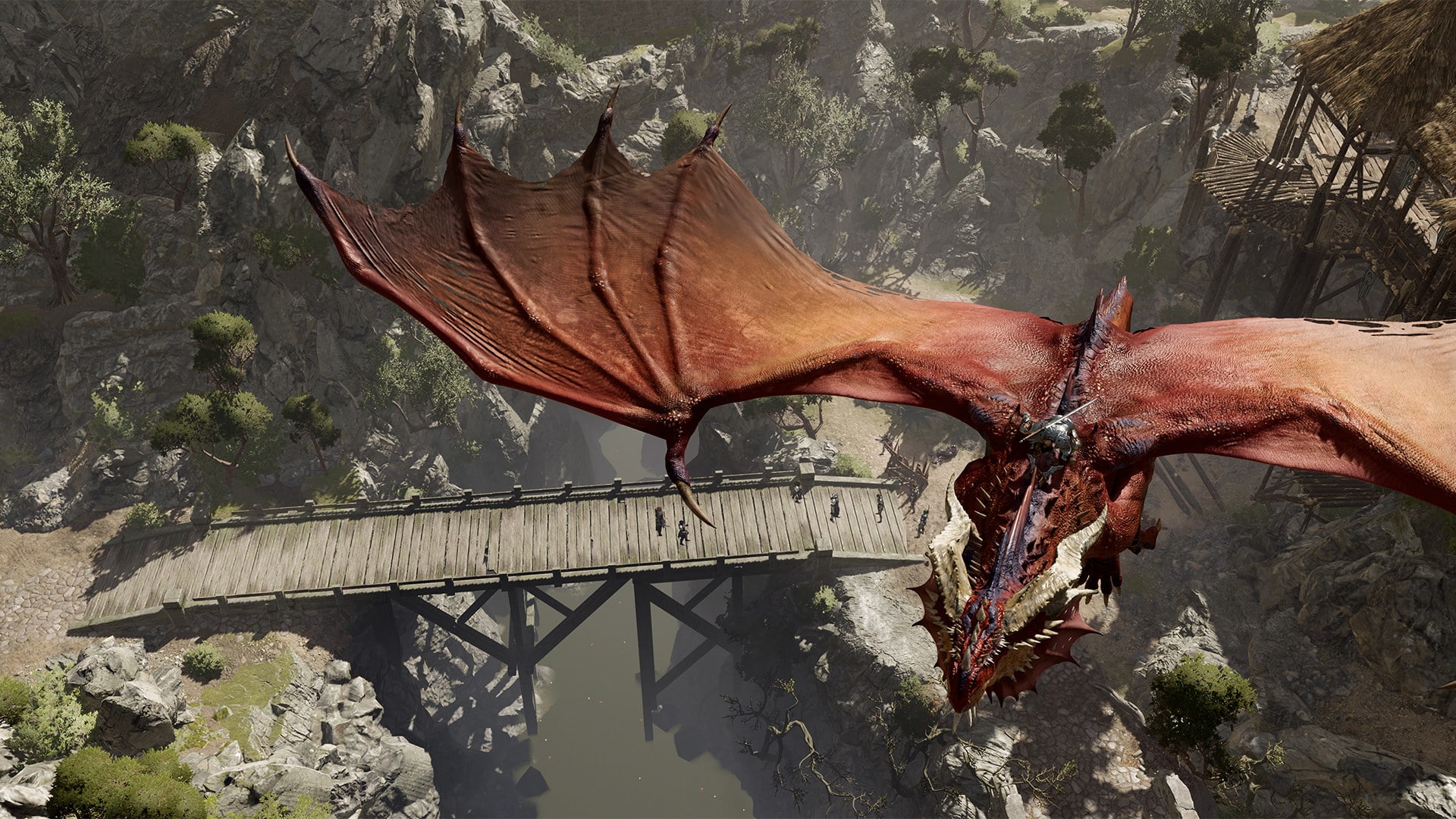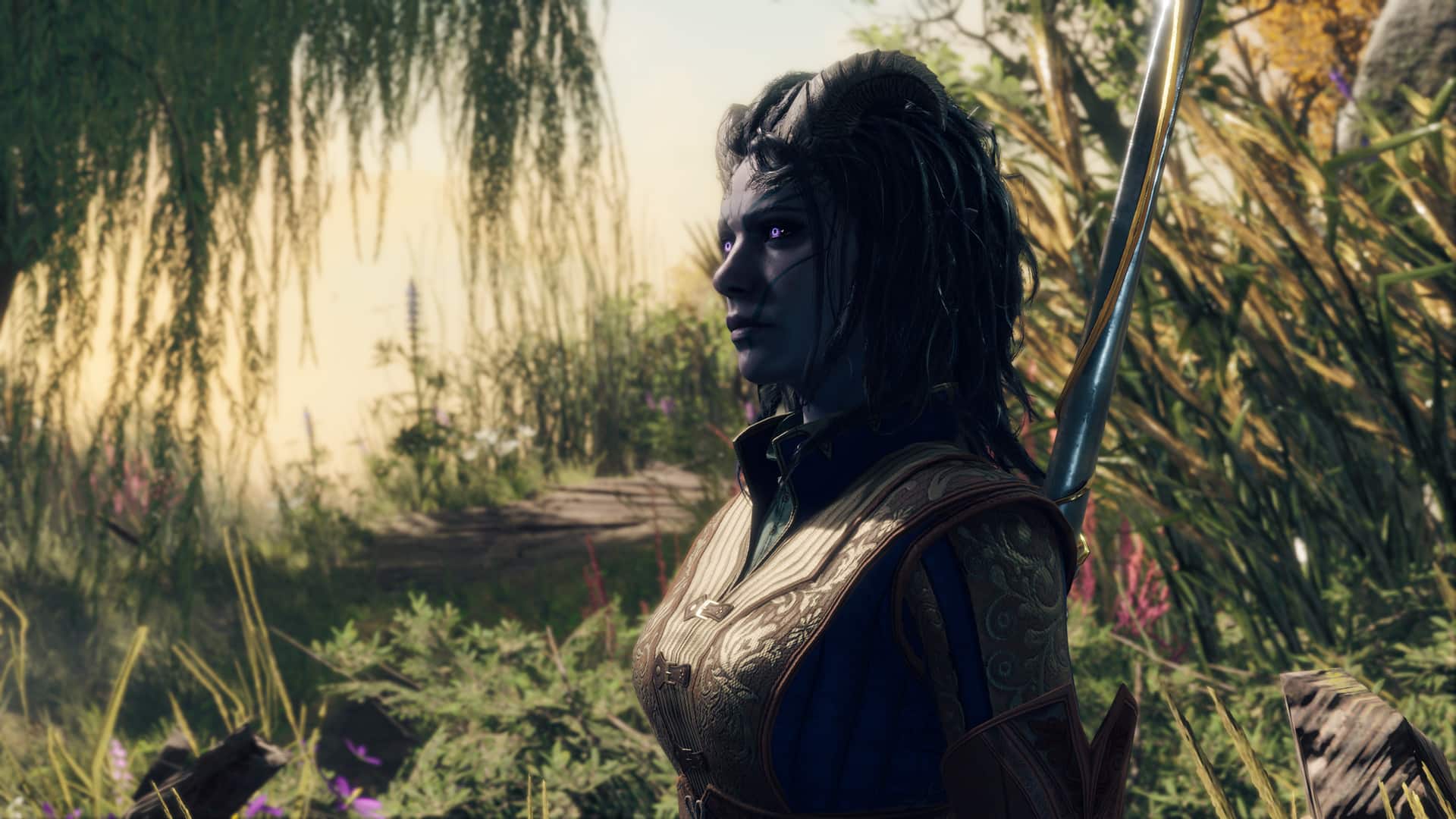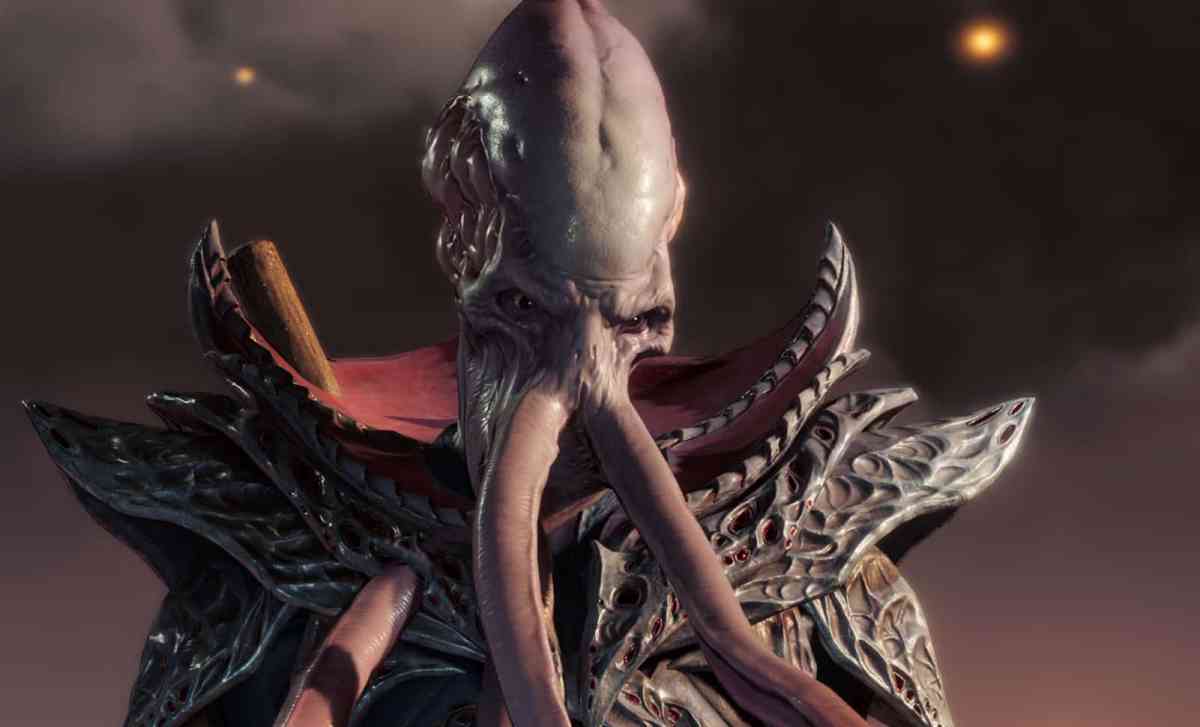It’s hard to imagine a more dramatic opening for Larian Studios’ Baldur’s Gate 3: You are imprisoned aboard an airship piloted by Mind Flayers, a race of Cthulhu look-alikes that spend their time inserting tadpole-shaped parasites into brains. In an attempt to escape a dragon attack, the airship teleports into Hell, while you are subjected to the parasite and learn that eventually it will turn you into a Mind Flayer yourself. The rest of the story in the current early access build is presented mostly as a race against time to find a way to extract it.
In “Fiction Writing 101” this is known as a narrative hook: an opening designed to grab the audience’s attention and keep them engaged. But in Baldur’s Gate 3 it is a lot more than that. This premise serves to structure the entire early access segment, for better and for worse.
CRPGs have always struggled to offer deep, well-written, and varied side content alongside a main story that’s tight and well-paced. Often the side content distracts from the main story, or the story makes the side content seem irrelevant. Baldur’s Gate 3’s structure feels like an attempt to resolve this tension. Almost every quest you are presented with is built around trying to get the tadpole out of your brain. A goblin priestess, a druid, a crazy hag, a devil, and many others all offer their own treatments. Each one has their own backstory and side quests that can be explored, but almost everything you come across ultimately links back to the core narrative.
On one hand, this is smart: It keeps the story focused and moving while giving options for side-questing. It also provides explicit motivation for your party members. Like its predecessors, Baldur’s Gate 3 is based on Dungeons & Dragons lore and rules, which means you must gather a party of fellow adventurers before venturing forth. It turns out that the party members are also infected with Mind Flayer parasites, so there is clear rationale why, despite some serious personality clashes, you all adventure together.

The emphasis on the parasite also presents some interesting choices. For example, early on in my playthrough I chose to tell everyone I met about my tadpole problem, naively assuming that most people would be willing to help. Eventually I came across a healer in a druid grove who promised to cure me, only to administer a fatal poison because in fact she believed I was a danger to others. When my attempt to persuade her to give up the antidote failed, I decided I had no option but to kill her to get the antidote by force.
However, the choice to link everything back to the opening premise only goes so far. For one, it often feels like the Mind Flayers are all that matter to anyone anywhere. Many dialogue interactions seem to consist of your character derailing conversations to enquire after a cure for the parasite, and the fact that the vast majority of side quests link back to this in some way eventually starts to feel like there was no life here until the Mind Flayers came along. As the story progresses, the party acquires abilities induced by the parasite that enhance dialogue options, but these are mainly focused on forcing people to divulge by magic what couldn’t be gleaned by passing a Persuasion check.
The desire to maintain a sense of urgency also strips Baldur’s Gate 3 of much of the depth and quality of prose that its predecessors and other D&D CRPGs were famous for. Dialogues are relatively short and snappy, contextual information is delivered in one or two sentences by a voiced “Dungeon Master,” and flavor text, while very welcome, is inconsistent in quality. Perhaps the criticism is not altogether fair, since there are many things that Baldur’s Gate 3 does better than Planescape: Torment, but there is nothing even remotely approaching the depth of Planescape’s infamous Smoldering Corpse Bar interactions.

There is also a tension between maintaining the momentum of the story and some of Baldur’s Gate 3’s core systems. The clearest offender is the rest system. Following D&D rules, in order to recharge health, reset special abilities, and recover spells, the party must rest. A short rest can be performed on the spot and recharges some abilities, but the party must journey to a camp for a long rest if they want to recharge everything.
This journey can be activated with the press of a button at almost any point in the game, so it’s not much of a burden from a gameplay perspective. However, it makes little narrative sense. If you are racing against time to remove a parasite, should you really be having a nap or a big sleep every time you’ve used up half a dozen spells or abilities? Indeed, the first time you make camp, one of the main characters suggests that resting is not a good idea for precisely this reason, but it is almost impossible to progress through the game without doing it anyway. Much later, you discover there is a reason why your infection isn’t progressing as quickly as it should and so it’s fine to rest as much as you like, but it feels like an ad hoc exception to the lore and undermines the high-stakes opening.
Not everything exhibits this tension. The incredibly reactive combat system Larian developed for Divinity: Original Sin and refined in Original Sin 2 is present here and makes for a satisfying marriage with the D&D rules and setting. Props and even bits of architecture (e.g., wooden bridges and ladders) can be destroyed in elaborate chain reactions, buffs and debuffs can be stacked for devastating effects, and characters can be shoved from ledges or into things in environments that offer a variety of tactical options — all underscored by a pleasantly tactile rumble of n-sided dice.

Granted, there is a multitude of early access bugs, from frozen or absent animations, to items not selecting in toolbelts, to hard crashes. But on the whole, this is already a surprisingly stable build that most of the time looks good and maintains a healthy frame rate, so there is a satisfying sense of flow to every combat encounter.
Overall then, if I may be permitted an overwrought metaphor, Baldur’s Gate 3’s narrative hook is a four-sided die. It structures the story and the side content into something that’s high-stakes and tightly paced from the outset, but it leaves little room for the kind of narrative depth and quality of prose that has come to be associated with CRPGs — and especially with D&D-based CRPGs. The narrative doesn’t get in the way of excellent and exciting combat, but outside combat it is at odds with some core D&D mechanics and makes for too many one-note dialogue options.
Of course, with all that said, it’s worth bearing in mind that what we have in the current early access build is just the first act, which doesn’t even take place in Baldur’s Gate proper. Many of these issues might be addressed in later builds or later acts. After all, it is also part of CRPG tradition to start relatively small while the player learns the ropes and open the game up to deeper and more engaging content from the middle third onwards.






Published: Oct 22, 2020 01:00 pm